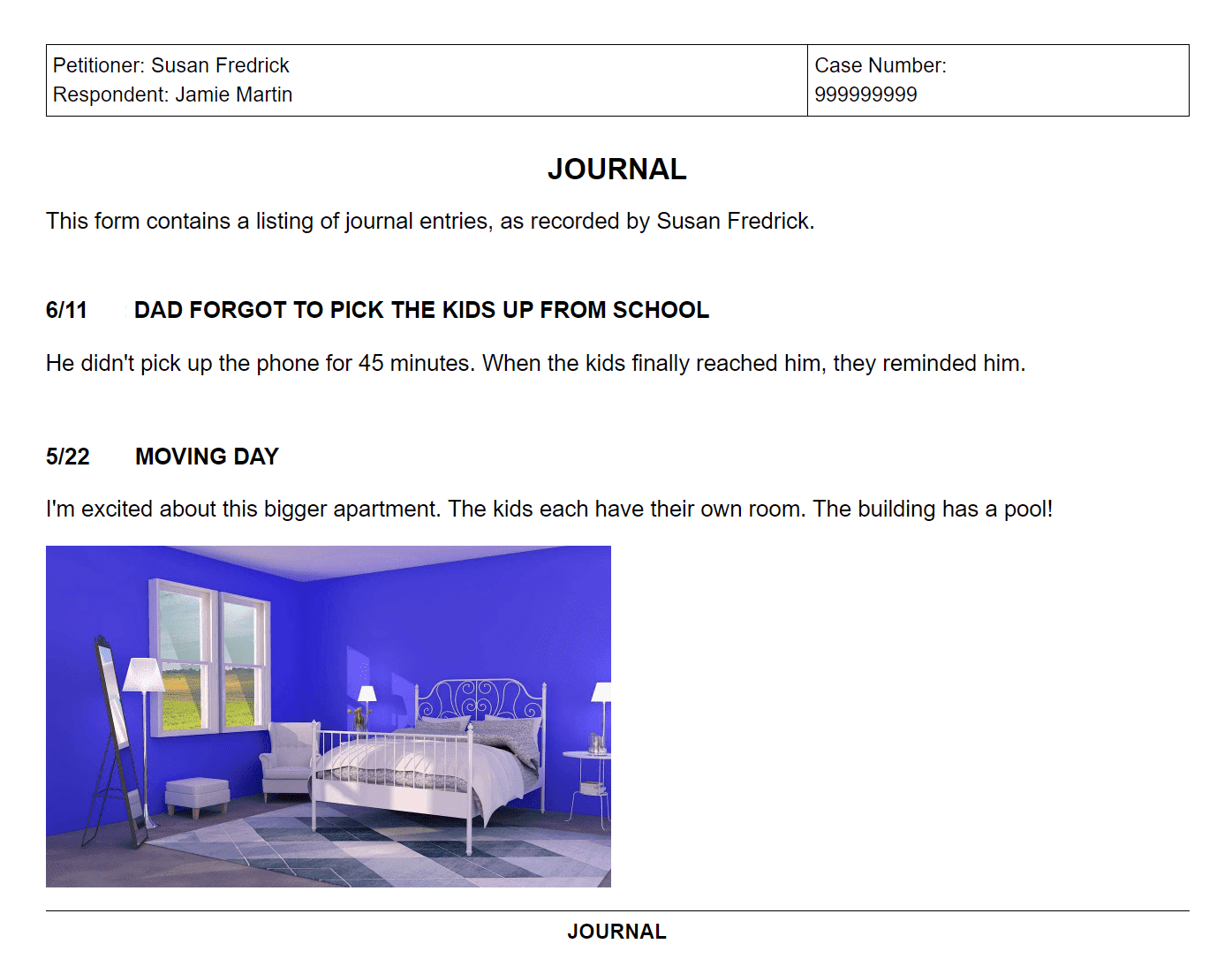Emergency Custody
Emergency custody allows you to remove your child from a potentially dangerous living situation. The court grants emergency custody if the child is in imminent danger.
In many locations, a parent can seek emergency custody before requesting a final (standard) custody order.
Emergency custody orders
Emergency custody orders grant you the right to take temporary physical custody of your child.
Situations that often require emergency custody orders include:
- Child abuse or neglect
- A threat of parental kidnapping
- A parent's incarceration
- A parent's substance abuse
- Someone dangerous living in a parent's household
The court will award an emergency custody order if it is in the child's best interests.
How to file for emergency custody
To get an emergency custody order, you'll have to prepare an application. Some courts have an emergency custody petition, while others allow you to make the request when you apply for a final custody order or a protection order (aka restraining order).
Hiring a lawyer to draft your petition is highly recommended. They'll know the best way to demonstrate the urgency of the situation. You may qualify for free representation through your local legal aid office or a program that helps victims of domestic violence.
Your application should support your claim that removing your child from the other parent's home is in the child's best interest. Attach evidence such as photos to your emergency custody petition to compel the court to accept your request.
Hand in your emergency custody forms with the family court closest to your child's residence.
Typically, only the child's home state, where they've lived for the past six months, can make custody decisions. However, in urgent situations, the state where the child resides can assume jurisdiction even if the child has lived there for a shorter time. If you and your child live in different states, contact a lawyer specializing in interstate custody for help.
Emergency custody hearings
At your hearing, you'll use evidence and testimony much like you would at any emergency family court hearing. It must focus on the emergency and not other issues.
Some courts always hold emergency hearings ex parte (without the other parent in attendance), while others only hold them ex parte when requested and necessary.
California is one place that requires you to provide notice to the other parent so they can attend the emergency custody hearing — but they cannot present evidence.
If the judge agrees that the child's living situation is dangerous, they will issue an emergency custody order.
Using technology to get emergency custody
You'll need to present strong evidence that demonstrates emergency custody is necessary to keep your child safe.
The Custody X Change online app has the tools you need to support your case.
The parenting journal helps you document important developments.

You can customize this to fit your situation with Custody X Change.
A printout of messages exchanged with your ex can highlight hostile language and prove unsafe behavior.

You can customize this to fit your situation with Custody X Change.
Custody X Change lets you create these items in one place. It makes sure you're ready for your emergency custody hearing.
Take advantage of technology to get what's best for your child.
